7 Companion Plants for Asparagus (with Pictures)
-
Kristin Hitchcock
- Last updated:
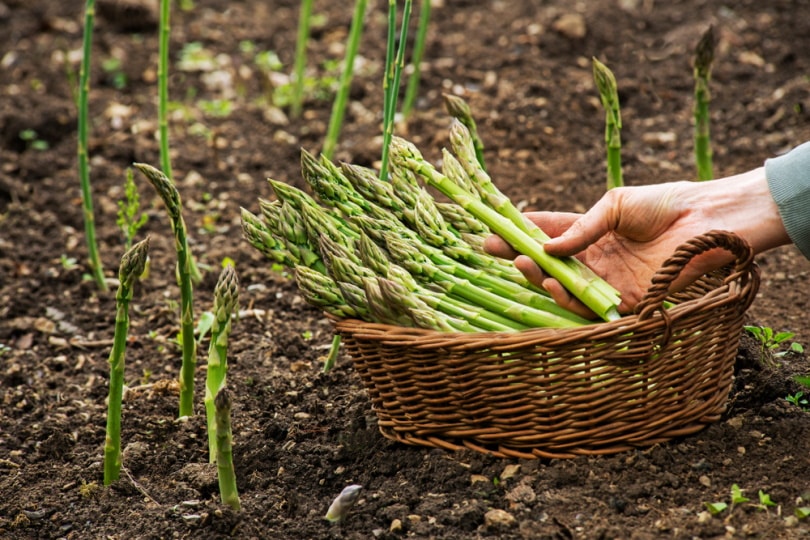
If you want to take your garden up a notch, companion planting is a must. Companion planting allows you to leverage different plants to make your whole garden happier. Some plants feed off of each other (in a good way). Therefore, by planting them together, you can make both plants healthier.
However, it would help if you planted the correct plants together. Otherwise, you may end up doing more harm than good. Asparagus requires lots of growing time so you can often companion plants while waiting for asparagus to take root and grow. However, you may also want to attract pollinators, as asparagus isn’t always good at doing this.
Below, we’ll look at some of the best companion plants to consider.
The 7 Companion Plants for Asparagus
1. Basil
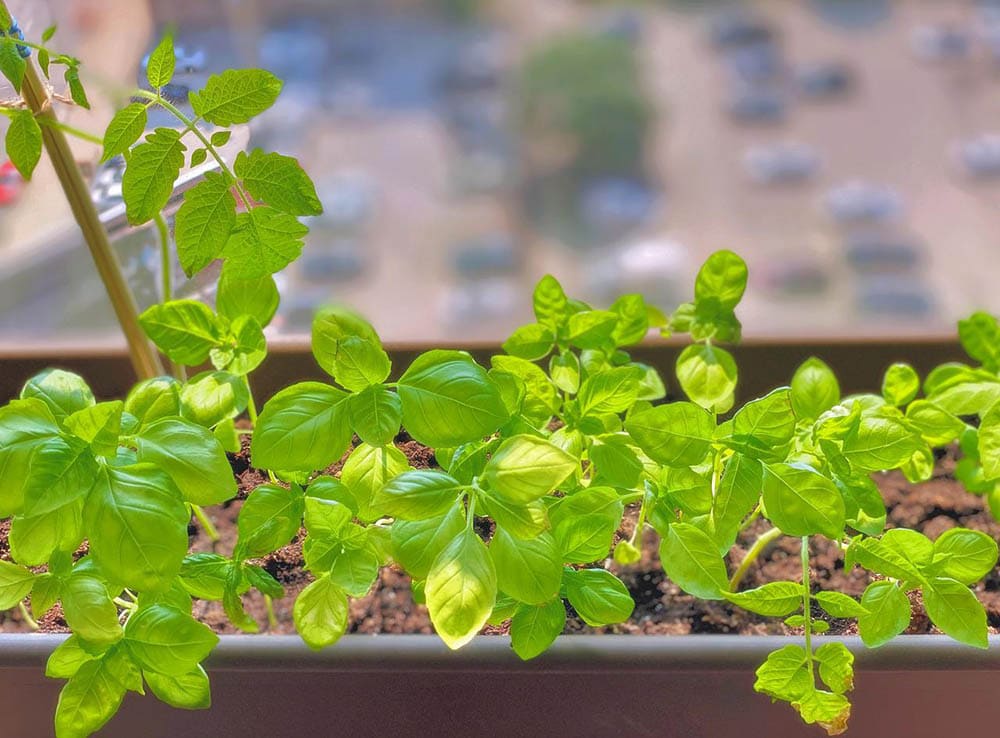
| USDA Zone: | 10–11 |
| Sun Requirements: | Full sun |
Basil is a branching plant that can be planted annually. Therefore, it works great when your asparagus is younger and not taking up that much room. You don’t need to plant that much basil, either. Only two plants are necessary in most cases (unless you plan on making pesto). Often, you can leave basil to grow and harvest it as you need. Therefore, it is also a good low-maintenance plant.
Basil itself doesn’t benefit from being planted with asparagus. However, it will keep away asparagus beetles (as well as tomato hornworms). Therefore, it makes a suitable guardian for your asparagus plant.
2. Parsley

| USDA Zone: | 4–9 |
| Sun Requirements: | Full sun |
Parsley is a pretty easy plant to grow that you can utilize in various dishes. Plus, it makes a beautiful foliage plant. Therefore, it is often grown as a companion plant to more productive (but less beautiful) veggies. Many people also use parsley for edging.
There are several types of parsley. However, all of them work well for asparagus. Like basil, parsley keeps many insects away, including asparagus beetles. Therefore, you can use it to keep pests away from your growing asparagus.
3. Nightshades

| USDA Zone: | 5–9 |
| Sun Requirements: | Full sun |
Edible nightshade plants like tomatoes can also be planted next to asparagus. However, deadly nightshade plants should not be planted nearby, as you don’t want them to cross-contaminate the asparagus (though this would still be rare).
Tomato plants and other nightshades are high in solanine. This chemical isn’t liked by asparagus beetles, so it keeps them away. At the same time, asparagus keeps away nematodes, which are known to prey on tomatoes. Therefore, both of these plants benefit each other.
4. Aster Plants
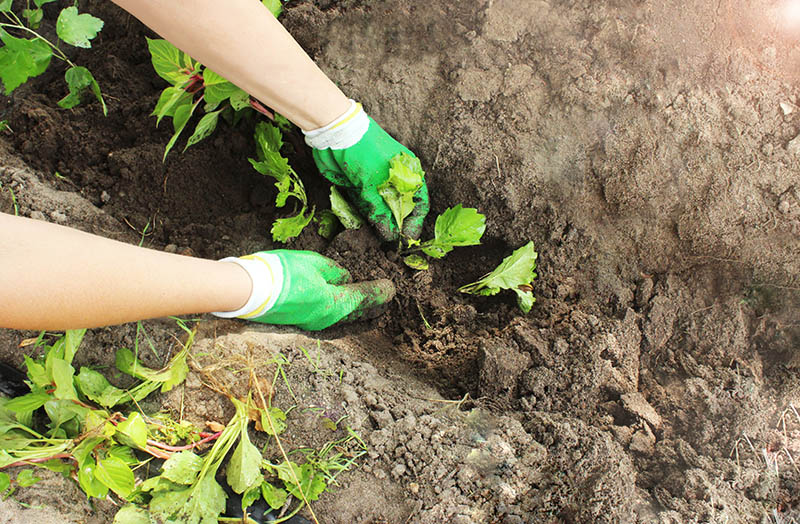
| USDA Zone: | 3–8 |
| Sun Requirements: | Full sun |
All Aster family plants make a good option for companion planting alongside asparagus. These plants include marigolds and nasturtiums. Not only do these flowers provide a pop of color, but their strong fragrance can keep many pests away. While they don’t specifically keep away asparagus beetles, they absolutely can.
The asparagus won’t benefit the flower, however. Therefore, this may not be the most companionable planting. However, if you’re looking for something pretty to plant with your asparagus, look at the Aster family.
5. Coriander

| USDA Zone: | 2–11 |
| Sun Requirements: | Full sun |
Coriander can help keep away aphids, spider mites, and similar bugs. Therefore, they make a great option to put inside any garden. (They share this trait with comfrey and dill, which are also great companion options.)
Therefore, as a nice addition to your asparagus bed, consider adding some coriander.
6. Lettuce

| USDA Zone: | 2–11 |
| Sun Requirements: | Full sun |
You can also utilize lettuce next to your asparagus. This plant can be added early in the year when the weather is cooler. However, the asparagus will help the plant thrive for longer as it matures. The tall asparagus helps shade the lettuce from the sun and keeps the soil moist. Therefore, asparagus can help protect your lettuce from heat.
This trick also works well with nearly any early crop.
7. Grapes
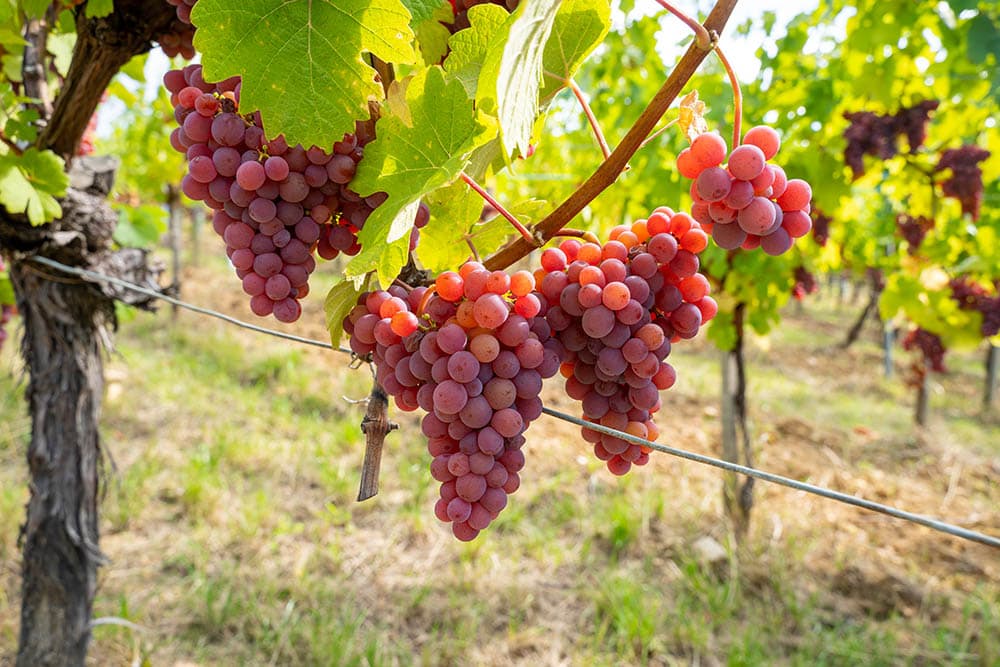
| USDA Zone: | 4–10 |
| Sun Requirements: | Full sun |
While it isn’t as common anymore, grapes were traditionally trellised between rows of asparagus during the Colonial Era. Therefore, these plants may still make good companions today. Neither plant benefits much from the other. However, the grapes can be grown on asparagus in some cases.
Therefore, while it is a traditional pairing, this may not be the most companionable pair. However, they wouldn’t hurt being planted next to each other.
What Not to Plant with Asparagus
Not all plants are going to work well next to asparagus. Some of them work poorly alongside asparagus. Here are a few things you should not plant near your asparagus.
1. Alliums
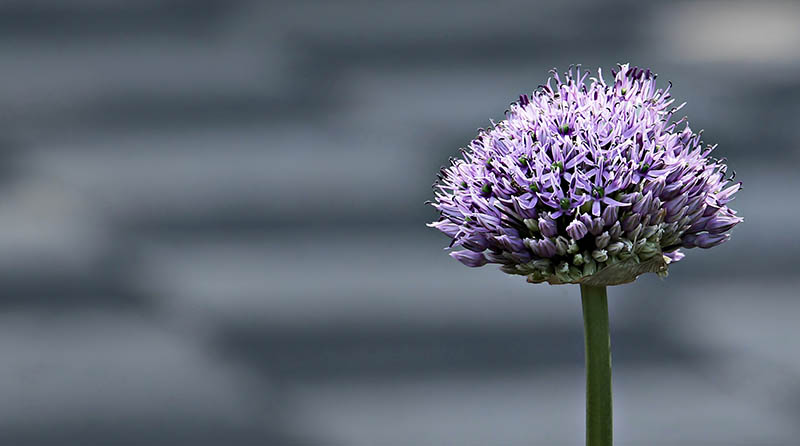
Alliums like garlic and onions should not be planted near asparagus. These plants release a chemical into the soil that can stunt the growth of other plants. Therefore, they typically work best by themselves. You don’t have to avoid them in your garden altogether. However, it would help if you planted them a good distance away.
2. Potatoes
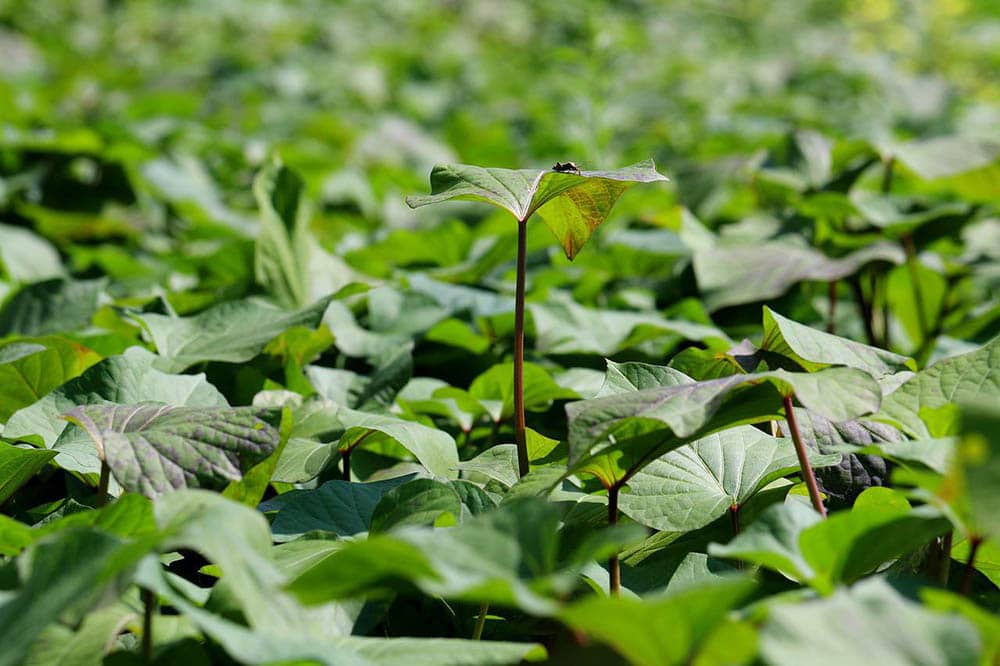
Potatoes are another poor option. The two root systems of the plant are too similar and take up too much room. Planting them together will cause them to compete for room—and one of the plants will lose.
Therefore, be sure you give asparagus and potatoes their own space.
Final Thoughts
There are several plants that you can add to your asparagus bed. Most of these drive away some pests—especially the asparagus beetle. This pesky beetle can easily destroy your asparagus bed if you aren’t careful. Therefore, it makes sense to prevent them as much as possible, which you can do by companion planting.
Other plants are not injured by being planted next to asparagus. They don’t help much, but they don’t injure each other, either. You can save space by planting these two plants together.
Featured Image Credit: DUSAN ZIDAR, Shutterstock
Contents
